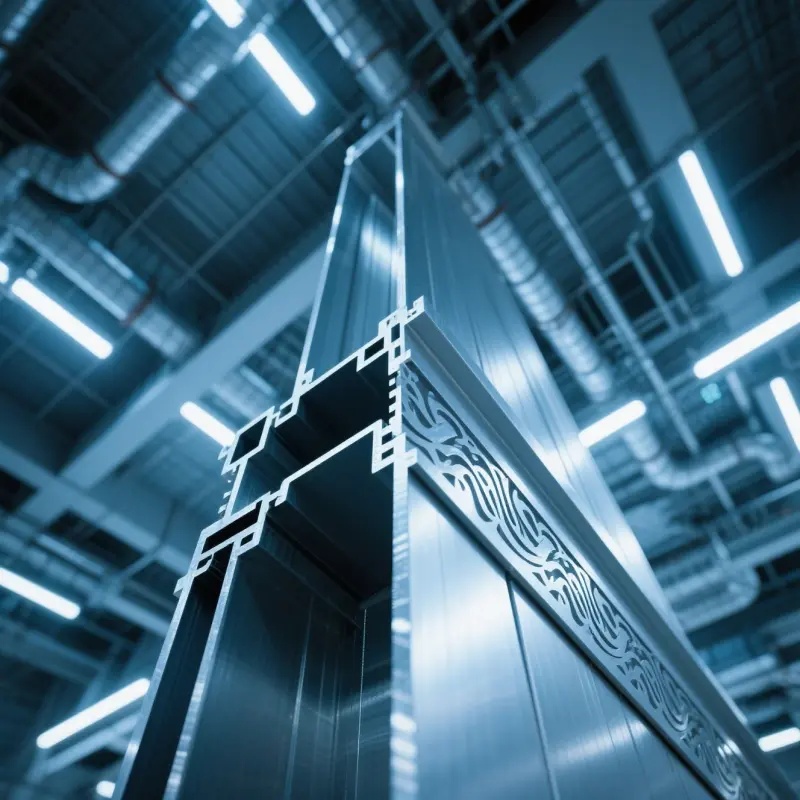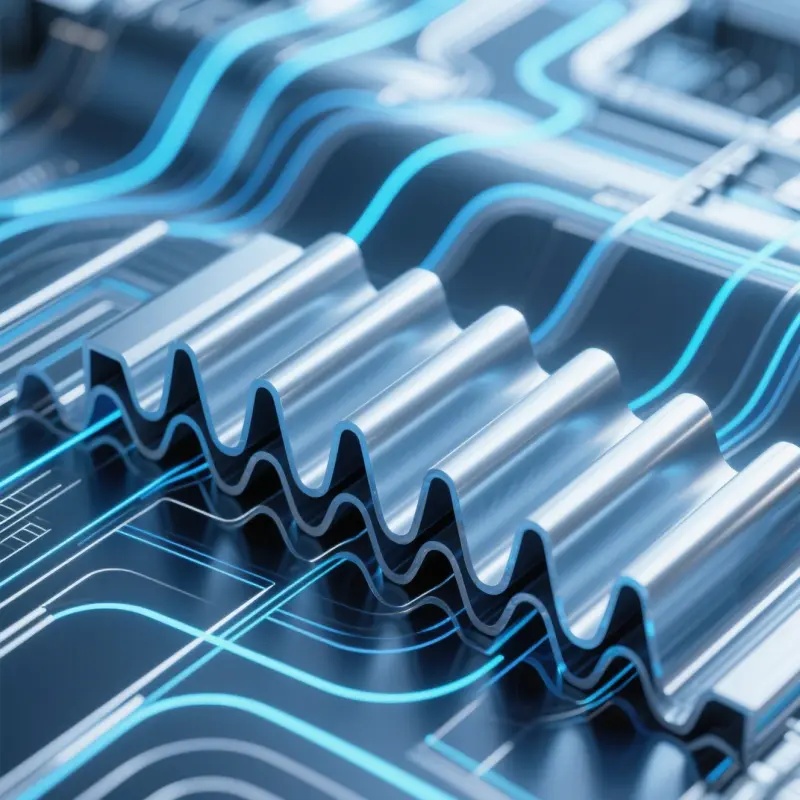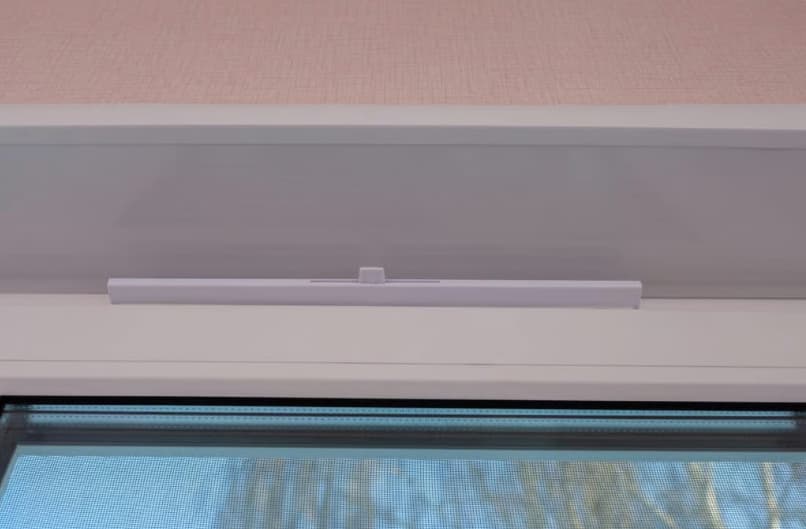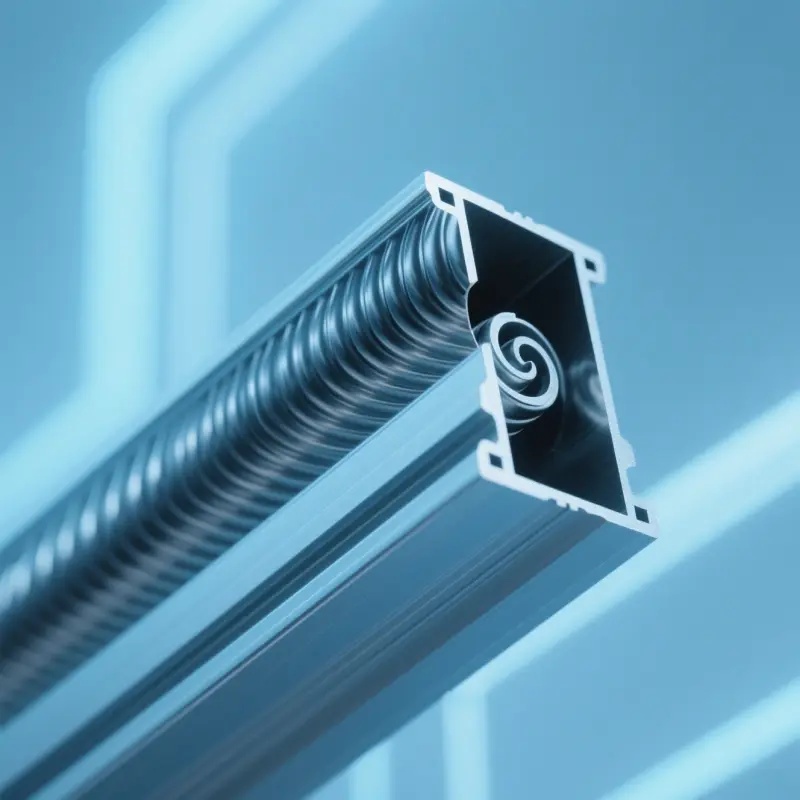
Aluminum Decking: Your Ultimate Buyer's Guide Why Aluminum Decking Is Changing the Game for Modern Outdoor Spaces When you picture a backyard deck, what material comes to mind? For many, it’s the warm look of wood or the promise of low-maintenance composite boards. But have you ever wondered if there’s an option that combines the best of both—and then some? Enter aluminum decking, a rising star that’s quietly transforming how homeowners and professionals approach outdoor living projects. Sounds complex? Let’s break it down. Aluminum decking refers to deck boards made from aluminum metal, often finished with advanced coatings to enhance durability and appearance. While it might not be the first material you consider, it’s steadily gaining traction as a smart, modern alternative to traditional wood and even composite options. But what makes it stand out—and is it right for your project? How Aluminum Decking Stacks Up Against Wood and Composite Durability: Unlike wood, which can splinter, rot, or fall victim to insects, aluminum is impervious to these common headaches. Composite boards resist some issues but can still warp or fade over time. Maintenance: Wood decks demand annual sealing, staining, and careful cleaning. Composites require less work but can still stain and need occasional scrubbing. Aluminum decking for residential use, on the other hand, needs only basic cleaning to look its best year after year. Weather Resistance: Aluminum won’t crack in the sun, swell in the rain, or warp with temperature swings. Its specialized coatings protect against rust, corrosion, and fading, making it ideal for harsh climates or poolside installations. Safety: Many aluminum deck boards feature non-slip surfaces and are naturally fire-resistant, adding peace of mind for families and those in wildfire-prone areas. Aesthetics: Modern aluminum decking comes in a range of colors and finishes, from sleek contemporary styles to wood-look planks that mimic natural grain patterns. Imagine hosting summer barbecues on a deck that doesn’t splinter or fade, or relaxing by the pool without worrying about mold and mildew. With aluminum, you’ll notice fewer headaches and more time enjoying your outdoor space. Why This Guide Matters Choosing the right decking material is more than a design decision—it’s an investment in your home’s comfort, value, and longevity. This comprehensive guide will walk you through everything you need to know about aluminum decking, including: Key benefits and potential drawbacks How to select the ideal aluminum deck boards Options for railings and framing Specialized uses for patios, pool areas, and even utility trailers Whether you’re planning a backyard retreat, a safe play area for kids, or a durable surface for your trailer, you’ll find practical advice to help you make an informed, confident choice. Ready to discover if aluminum decking is the right fit for your next project? Let’s dive in. Key Advantages of Choosing Aluminum Decking for Low...
Read More
Master Your Project: The Ultimate Aluminium Decking Guide Introduction to Aluminium Decking When planning your dream outdoor space, have you ever wondered: "Is there a better option than wood or composite for my deck?" If you’ve spent time researching, you’ll notice a new trend gaining momentum—aluminium decking. As more homeowners and builders seek durable, low-maintenance outdoor living solutions, aluminium is stepping into the spotlight as a superior, modern alternative. Imagine a deck that stands strong through decades of sun, rain, and temperature swings—without splintering, warping, or demanding constant upkeep. Sounds ideal, right? That’s the promise modern aluminium decking brings to today’s outdoor projects. Unlike traditional timber, which needs yearly staining and is prone to rot, or composite boards that can fade and overheat, aluminium offers a blend of strength, longevity, and style that’s hard to match. Why are so many turning to aluminium decking? Here are a few key reasons: Unmatched durability—lasting over 40 years, far beyond wood or composite alternatives. Minimal maintenance—no need for painting, staining, or frequent cleaning. Superior safety—naturally fire-rated and slip-resistant for peace of mind. Eco-friendly—aluminium is infinitely recyclable, making it a smart choice for sustainability. Modern aesthetics—clean lines and customizable finishes fit seamlessly into any design vision. But the benefits don’t stop there. As outdoor living spaces evolve from simple patios to multi-functional extensions of the home, the demand for modern decking solutions has never been higher. Homeowners now expect their decks to blend indoor comfort with outdoor durability, support smart lighting, and feature integrated design elements that boost both function and curb appeal. This comprehensive guide will walk you through everything you need to know about aluminium decking: from its core advantages and how to select the right boards, to innovative design ideas, safety features, and smart budgeting tips. Whether you’re a homeowner envisioning a backyard oasis or a builder looking for the next big thing in deck construction, you’ll find practical, up-to-date advice to help you master your project with confidence. Key Advantages of Choosing an Aluminium Deck When you picture your ideal outdoor space, you likely imagine a deck that stays beautiful and sturdy year after year—with little effort on your part. But what truly sets aluminium decking apart from wood or composite? Let’s take a closer look at the aluminium decking benefits that make it a leader among low-maintenance decking solutions. Why Choose Aluminium? Imagine you’re weighing your options: Should you go with classic timber, popular composite, or modern aluminium? Here’s how aluminium stacks up against the competition in the areas that matter most to homeowners and builders: Unmatched Durability Aluminium decking is renowned for its incredible strength and longevity. While timber and ...
Read More
Unlock Precision with Your Aluminum Straight Edge: The Ultimate Guide for Professionals and DIYers Introduction to Aluminum Straight Edge Ever struggled to get that perfect, straight line when building, tiling, or woodworking? Or maybe you’ve wondered how professionals achieve those flawless finishes and seamless joints. The answer often comes down to one foundational tool: the aluminum straight edge. So, what exactly is an aluminum straight edge? Imagine a rigid, lightweight bar made from high-quality aluminum, engineered to be perfectly straight along its entire length. This tool is designed to check flatness, mark precise lines, and guide accurate cuts—making it indispensable for anyone who values precision in their work. Whether you’re a seasoned contractor, a DIY enthusiast, or a hobbyist, you’ll notice that this simple tool can elevate the quality of your projects across many trades. What Makes the Aluminum Straight Edge Tool So Versatile? Let’s break it down by trade and application. Here are just a few ways professionals and DIYers use this tool: Construction: Ensuring walls, floors, and concrete slabs are level and true, preventing costly rework. Woodworking: Checking the flatness of workbenches, jointers, and planers, and guiding saws for straight cuts. Tiling: Verifying substrate flatness, marking guidelines, and aligning rows for crisp, even grout lines. Masonry: Leveling surfaces during bricklaying or stonework for durable, visually appealing results. Drafting & Design: Drawing precise lines for blueprints, layouts, or CAD templates. Why aluminum? Unlike steel, aluminum offers a unique combination of lightness and rigidity, which means you can handle even longer straight edges with ease and less fatigue. Its resistance to warping and corrosion ensures reliable accuracy over time, even in tough job site conditions. Why This Guide Matters With so many options and features available, choosing the right aluminum straight edge tool can feel overwhelming. This article is designed to be your go-to resource—breaking down everything from material benefits and length selection, to practical usage tips and industry-specific advice. Our goal is to empower you with the knowledge you need to select, use, and maintain your straight edge for professional-quality results, no matter your project or skill level. Ready to unlock a new level of accuracy in your work? Let’s dive into the world of aluminum straight edges and discover how this tool can transform your craftsmanship. Understanding the Benefits of Aluminum Over Steel When it comes to selecting a straight edge for your workshop or job site, the decision often boils down to two main materials: aluminum and steel. But which one truly fits your needs? Imagine you’re facing a large-scale tiling project or have to move your tools from site to site—would you prefer a tool that’s light and easy to maneuver, or one that’s heavier and potentially more cumbersome? Aluminum vs Steel Straight Edge: A F...
Read More
Fresh Air Solved: Your Ultimate Window Air Vent Guide Why Every Home Needs a Window Air Vent Ever walked into a room and immediately noticed it felt stuffy, humid, or had a lingering odor you just couldn’t shake? You’re not alone. Many homeowners and renters face these challenges, especially in well-sealed, energy-efficient spaces. The good news? There’s a simple yet powerful solution: the window air vent. Window ventilation is more than just opening a window for a breeze. It’s about creating a controlled, consistent pathway for fresh air to enter and stale air to exit, without sacrificing comfort, energy efficiency, or security. Modern window air vents are designed to address everyday indoor air quality issues, including: Stuffiness: Spaces can quickly feel closed in when fresh air isn’t circulating. A window air vent brings in a steady flow of outdoor air, making rooms feel lighter and more comfortable. Condensation: Moisture from cooking, bathing, or even breathing can build up on windows and walls, leading to mold and mildew. Window vents help regulate humidity, reducing condensation and its risks. Lingering Odors: Whether from yesterday’s meal or everyday activities, odors can stick around in poorly ventilated areas. Window ventilation ensures these smells don’t overstay their welcome. But how do these vents actually work? Unlike simply cracking a window, a window air vent is often integrated into the window frame or structure itself. This allows for continuous, background airflow—even when the window is closed—helping you maintain a healthy indoor environment year-round. In this comprehensive guide, you’ll discover: The science and benefits behind fresh airflow in your home Popular types of window vents for both residential and automotive use How to select the best window ventilation solution for your unique needs Simple maintenance tips to keep your window air vent performing at its best Ready to transform your indoor air quality and comfort? Let’s dive into the world of window air vents and unlock the secret to a fresher, healthier space. The Importance of Fresh Airflow Ever wondered why some rooms feel fresh and invigorating, while others seem heavy or musty? The answer often comes down to one crucial factor: fresh airflow. Proper window venting isn’t just about comfort—it’s about health, safety, and even the longevity of your home. Let’s break down why a well-chosen air ventilation window is a game-changer for your living space. How Window Ventilation Supports Healthy Indoor Air Imagine your home as a living, breathing organism. Just as our lungs need to exchange stale air for oxygen-rich air, our living spaces require a constant supply of fresh outdoor air to dilute pollutants, moisture, and odors. According to the American Lung Association, outdoor air typically contains two to five times fewer pollutants than indoor air. Without adequate ventilation, things like volatile organic compounds (VOCs), dust, carbon monoxide, and excess hum...
Read More
How to Cut Aluminum: A Pro Guide for 2025 Your 2025 Guide to How to Cut Aluminum Cleanly and Safely Ever wondered why your aluminum cuts don’t look as sharp as you’d like? Or maybe you’re tackling a project at home and aren’t sure which tool will give you that professional edge. Cutting aluminum might seem straightforward, but the difference between a rough edge and a clean, precise finish comes down to understanding the right techniques—and respecting a few critical safety rules. Why Proper Technique is Crucial for Cutting Aluminum Aluminum is prized for its versatility and strength, making it a favorite for everything from home DIY projects to aerospace applications. However, its unique properties—like high thermal conductivity and relatively low melting point—mean that improper technique can lead to warped edges, excessive burrs, or even safety hazards. Whether you’re learning how to cut aluminum at home or aiming for a flawless finish in a workshop, the right approach ensures not only a clean cut but also preserves the material’s integrity and your own safety. Always wear ANSI-approved safety glasses, hearing protection, and gloves when cutting aluminum. Metal chips and sharp edges can cause serious injuries if you’re not properly protected. What You'll Learn in This Guide This guide breaks down every step of the process—from choosing the right safety gear and prepping your workspace to selecting the best tool for your specific aluminum project. You’ll discover practical tips on how to cut aluminum cleanly, how to clamp and mark your material for accuracy, and how to achieve a professional finish, whether you’re using hand tools or advanced machinery. Each technique is supported by industry best practices and real-world examples, ensuring you get results that look—and perform—as good as you imagined. Step 1: Prepare Your Workspace and Material When you’re ready to start a project—whether it’s learning how to cut a sheet of aluminum or tackling aluminum siding for a home upgrade—the first step is always preparation. Sounds simple? It’s the difference between a clean, professional cut and a frustrating, potentially dangerous experience. Let’s break down exactly how to set yourself up for success. Safety First and Accurate Marking Imagine making your first cut, only to realize you forgot your gloves or didn’t mark your line straight. You’ll notice that even seasoned pros never skip the basics. Before you reach for any tool, make sure you’re protected and your work is clearly laid out. Here’s a practical safety and prep checklist to follow: Wear Safety Gear: Always put on ANSI Z87.1-rated safety glasses or a face shield to protect against flying chips. Use cut-resistant gloves (EN 388 level 3 or higher), hearing protection (earplugs or earmuffs), and steel-toed boots for full-body safety. For extended tasks or when cutting aluminum siding, consider a dust mask to avoid inhaling fine particles. Inspect Your Tools: Check that power cables are intac...
Read More online service
online service 0086 136 3563 2360
0086 136 3563 2360 sales@sxalu.com
sales@sxalu.com +86 136 3563 2360
+86 136 3563 2360